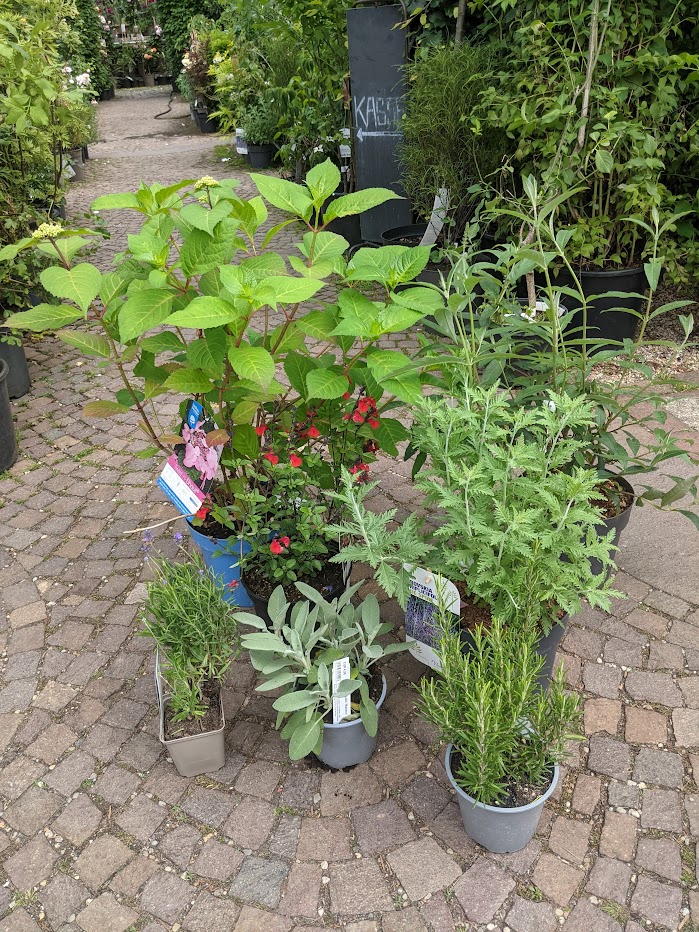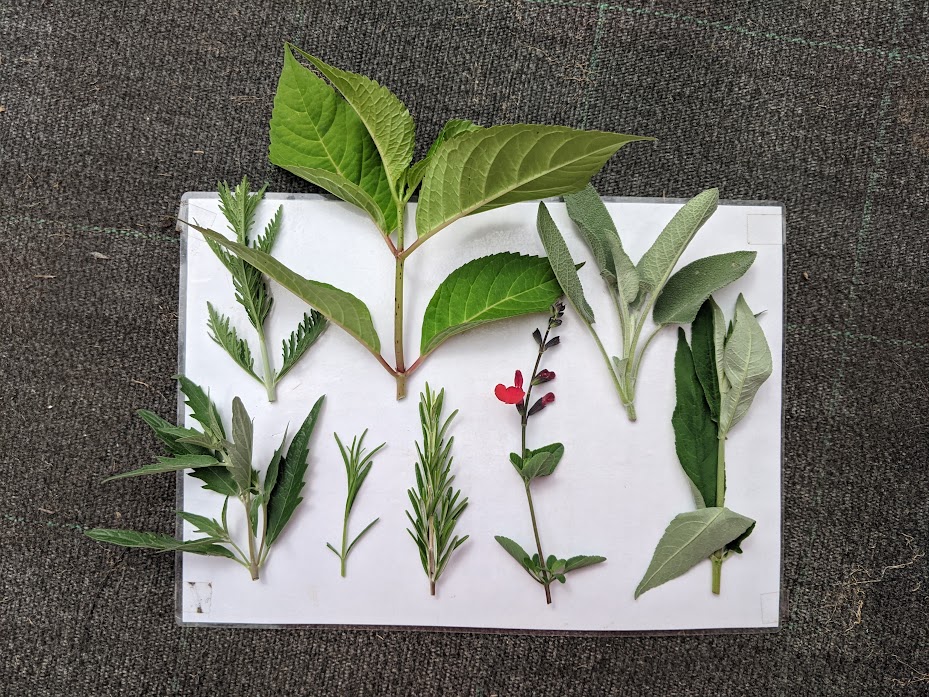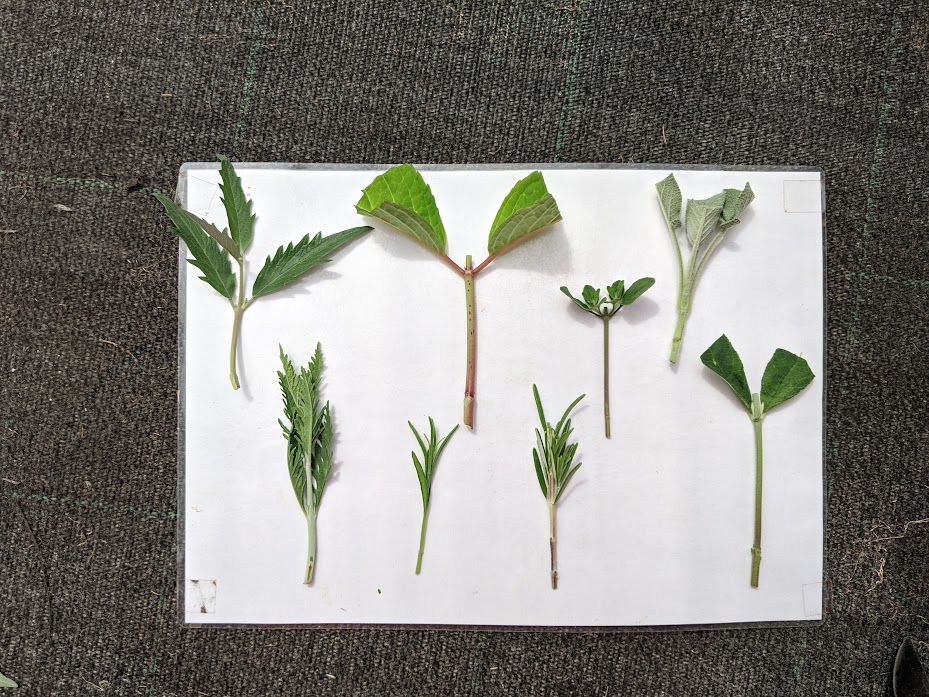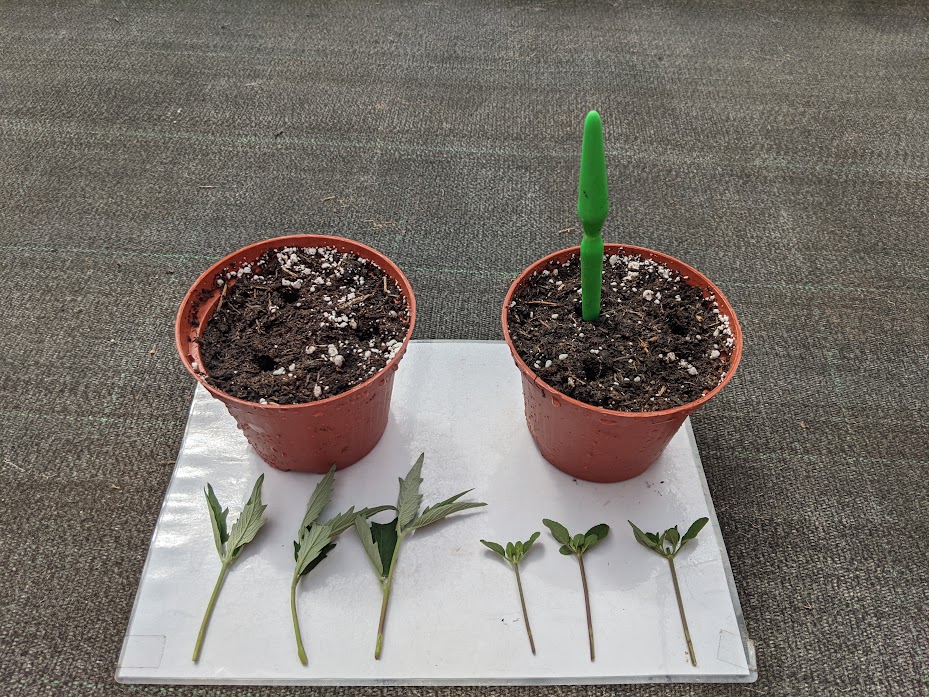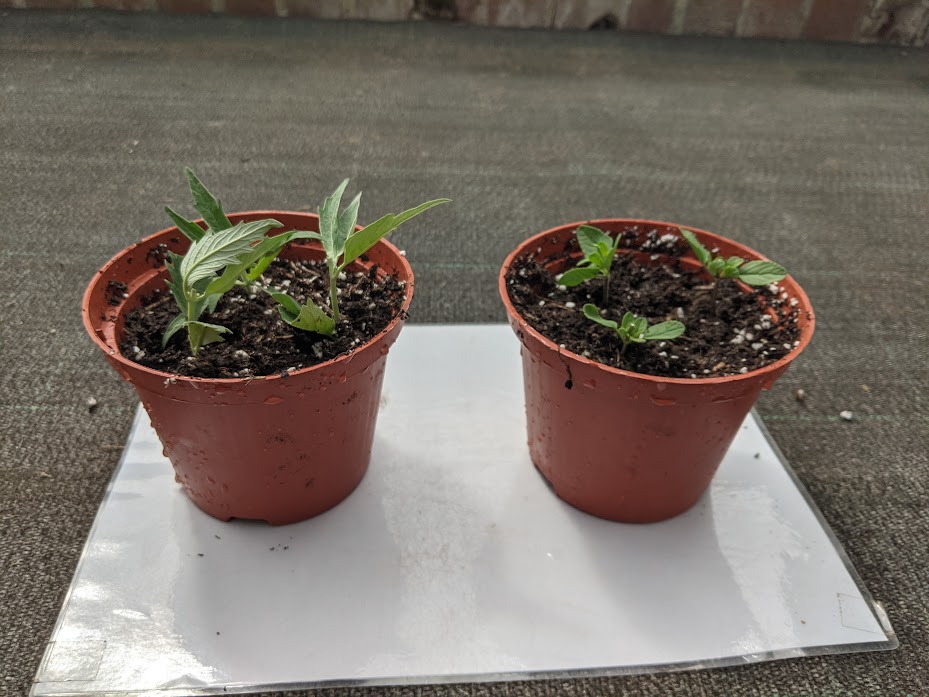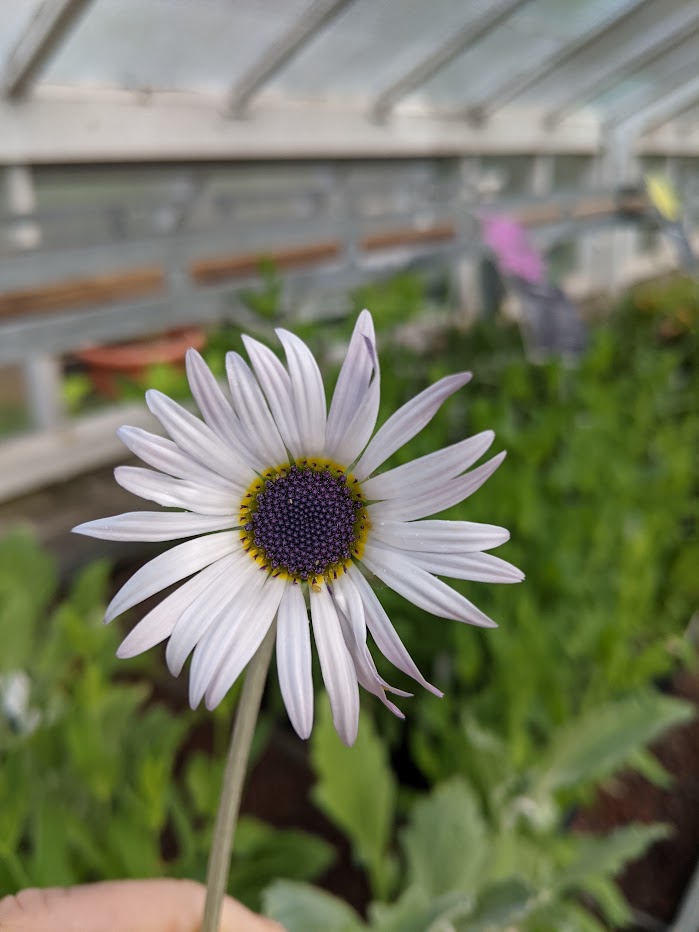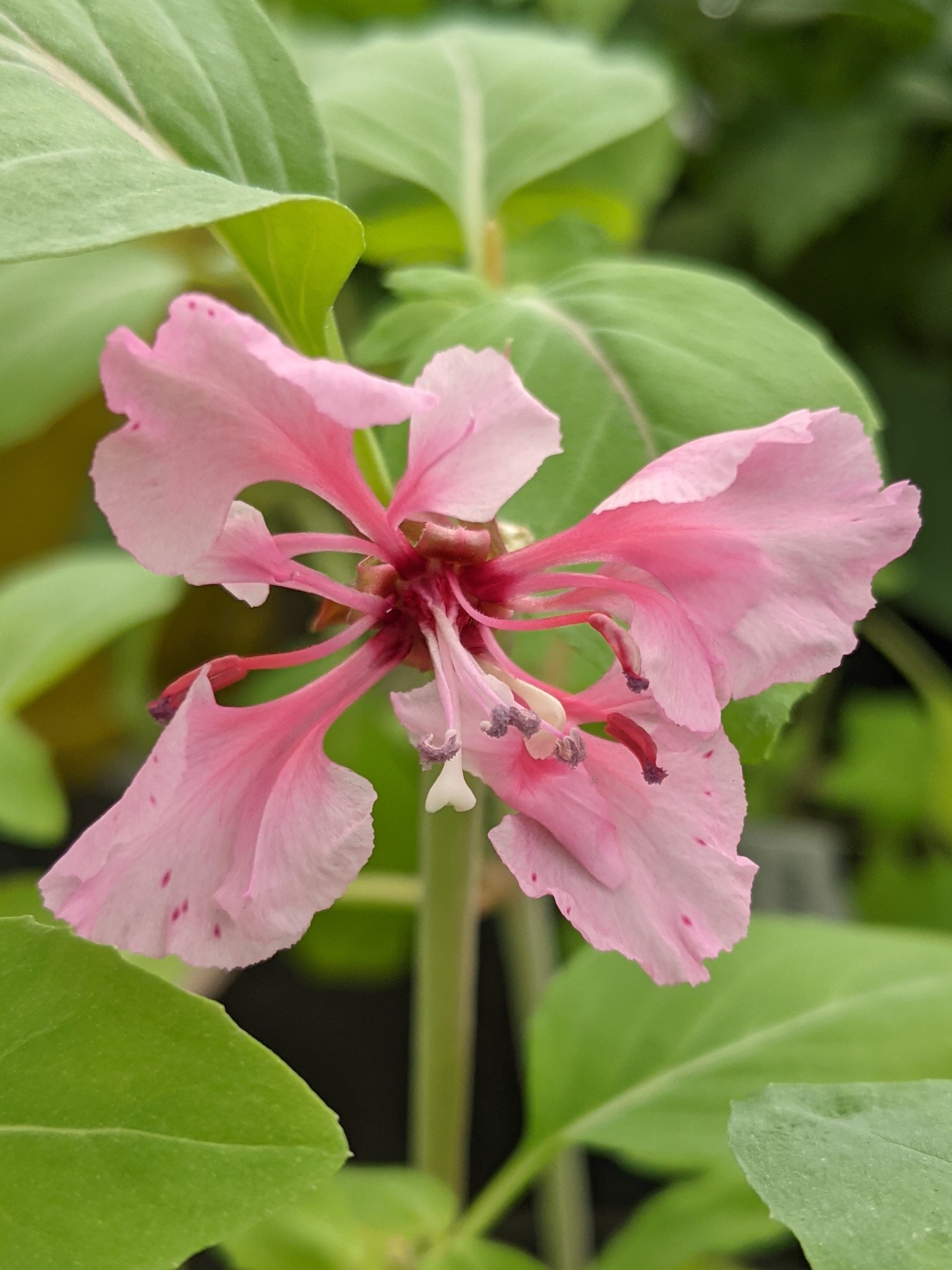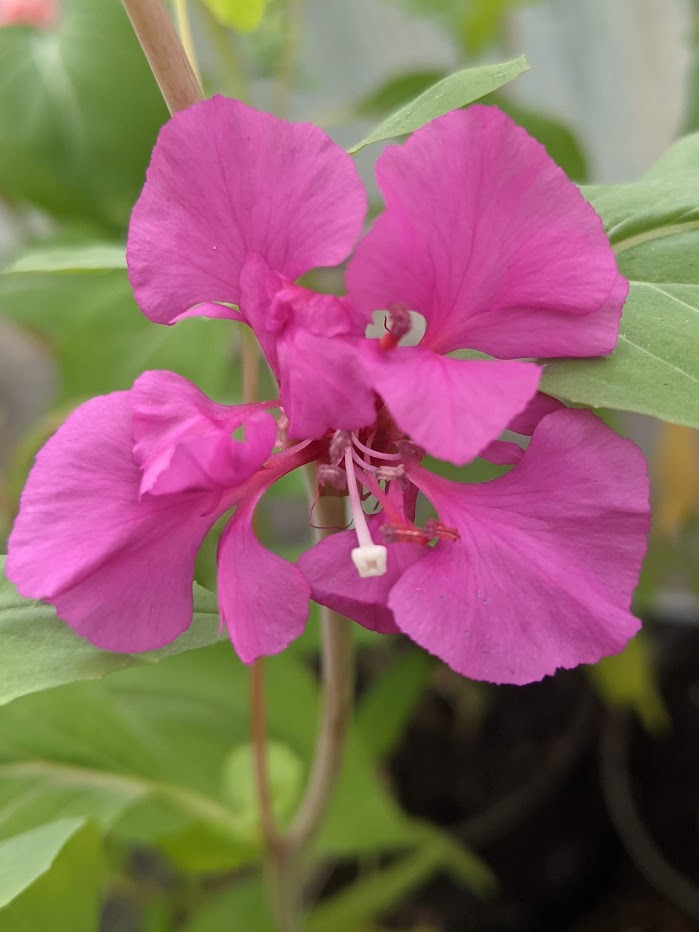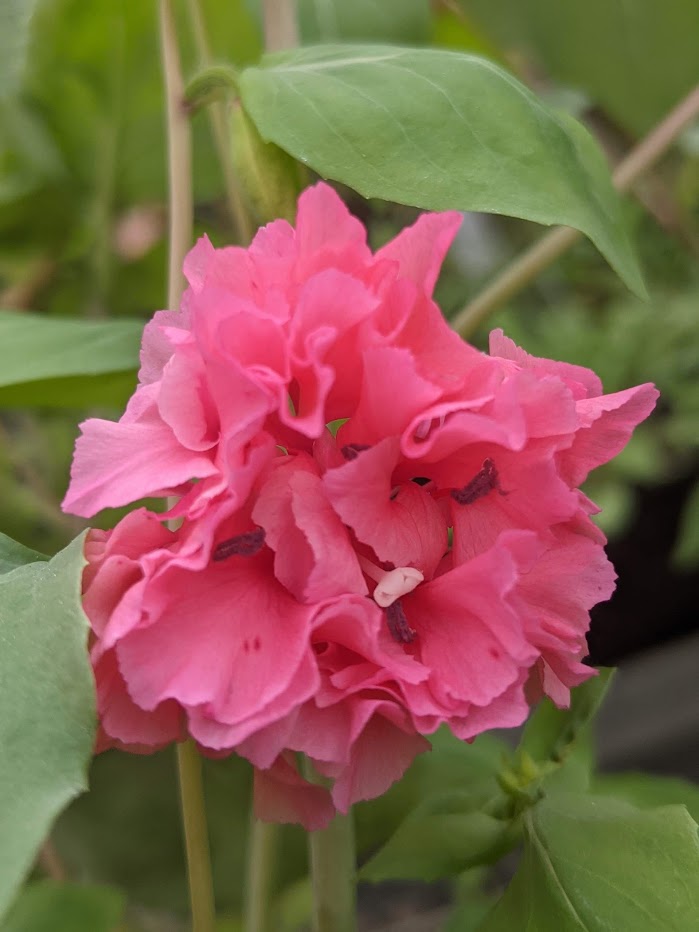Vermehrungs-Blog - Juli 2022
Stecklingen von Ihrer der Lieblingspflanzen in Ihrem Garten zu nehmen ist eine einfache und befriedigende Methode, um neue Pflanzen für Ihren eigenen Garten zu gewinnen oder an Freunde weiterzugeben. Stecklinge können zu jeder Zeit des Jahres auf verschiedene Weise geschnitten werden. Am einfachsten und erfolgreichsten sind jedoch Weichholzstecklinge, die von Mitte des Frühlings bis zum Frühsommer genommen werden sollten. Wie der Name schon sagt, ist das Pflanzenmaterial für diese Stecklinge das weiche, biegsame neue Wachstum des Jahres, das noch nicht zu einer verholzten Form abgehärtet ist. Wenn man diese Stecklinge im Juli nimmt, hat man genügend Zeit, um im Sommer und Herbst ein gutes Wurzelsystem zu entwickeln, so dass die neuen Pflanzen den Winter überstehen und im nächsten Frühjahr in den Garten gepflanzt werden können. Weichholzstecklinge können zur Vermehrung von Laubgehölzen wie Buddleja, Fuchsia, Salvia, Hydrangea, Lavatera, Perovskia, Caryopteris und Lavendel verwendet werden. Diese Technik eignet sich auch hervorragend für die Vermehrung von zarten Stauden wie Pelargonium, Penstemon und Verbena sowie für Kräuter wie Rosmarin, Salbei und Thymian.
Die Stecklingsvermehrung aus Weichholz ist relativ schnell, einfach und macht Spaß und kann zur Vermehrung vieler Pflanzensorten verwendet werden. Wenn Sie erst einmal das Vergnügen haben, mit Ihren ersten ausgewählten Sorten erfolgreich neue kleine Pflanzen zu produzieren, werden Sie sich in Ihrem Garten garantiert nach der nächsten Pflanze umsehen, von der Sie Stecklinge nehmen können. Es ist auf jeden Fall eine Technik, mit der es sich zu experimentieren lohnt und die süchtig machen kann!
Propagation Blog – July 2022
Taking cuttings from the favourite plants in your garden is a simple and satisfying way to produce new plants for your own garden or to pass on to friends. Cuttings can be taken at any time of the year in a variety of ways, but the easiest and most successful type is softwood cuttings which should be taken from mid-spring to early summer. As the name implies, the plant material used for these cuttings is the soft, flexible new growth produced this year which has not yet hardened into a more woody form. Taking these cuttings in July will give plenty of time for a good root system to develop over summer and autumn, allowing the new plants to survive the winter, ready for planting out into the garden early next spring. Softwood cuttings can be used to propagate deciduous shrubs such as Buddleja, Fuchsia, Salvia, Hydrangea, Lavatera, Perovskia, Caryopteris and Lavender. The technique is also great for producing new plants of more tender perennials such as Pelargonium, Penstemon and Verbena and for herbs such as Rosemary, Sage and Thyme.
Taking softwood cuttings is relatively quick, easy and fun and can be used to propagate from many plant varieties. Once you have the satisfaction of successfully producing new little plants with your first chosen varieties I guarantee you‘ll be looking around your garden for the next plant to take cuttings from. It is a certainly a technique worth experimenting with and can become quite addictive!
